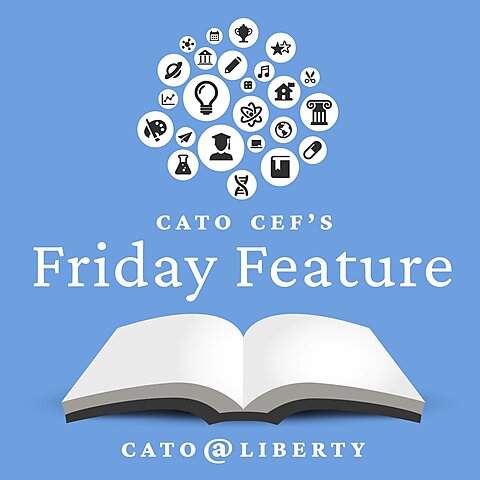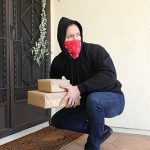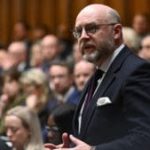
Colleen Hroncich
“Just do it yourself,” Cammy Herrera’s husband told her. Cammy, a former public school teacher, had been searching for a preschool program for their daughter. She wanted a place that embraced childhood and allowed kids to learn through play. “I would come back from all these tours and interviews and tell my husband, ‘Nope, not a good fit. They were sitting at their desks’ or ‘Not a good fit, they were crying and the kids weren’t happy,’” she recalls. When he suggested starting her own, she says, “It was like a light bulb went off. I was like, Oh my goodness. Wait a minute. I can do this.”
Within a month of opening a preschool in her house, she had 12 kids signed up and more on a waitlist. “Parents were always saying, ‘Well, what do we do when we leave? We don’t want to leave. Can you homeschool our students?’” Cammy explains. She resisted for years because she felt more comfortable with pre‑K and kindergarten, but eventually she agreed. MCP Academy, in Mansfield, Texas, now has more than 50 families and serves kids through eighth grade. They’ve had to move locations several times to accommodate the growth.
Cammy utilizes mixed-age classes and offers a lot of flexibility for parents. They can choose to send their children two, three, or five days a week. “We basically prep all the lessons for them. We do everything—all they have to be is present in their child’s education. So if they only come two days, they have a series of lessons and things that they do at home that are hands-on, play-based, family-oriented,” she says.
At MCP Academy, the day starts with the kids working at stations while teachers work one-on-one with individual students to build up their reading or math skills or anything they’re struggling with. Sometimes the stations are planned activities, such as coding or circuit building. But they also have free time where they can use art supplies, Legos, nuts and bolts, and other hands-on activities.
After the one-on-one/station time, they have morning meetings in small groups where they talk about the plan for the day, tell stories, and sing songs—“it’s just kind of like a Kumbaya time,” says Cammy. Then they move into their core academics, including writing and math.
They have enrichment time most days with a variety of options throughout the year. For example, a woman who has a sewing business comes in to teach the kids sewing, including by hand and machine. “They’ve made scarves and hats. They’ve made plushies and pillows,” Cammy says. “They have different themes that they do. So, if it’s, like, around Easter, they may make an Easter pillow or something.”
After enrichment, they turn to project-based learning, which often incorporates science and engineering. “We’re doing meteorology right now, so our kids did a science experiment the other day where they learned about tornadoes. And then yesterday they were talking about blizzards, so they did a hands-on experiment about blizzards,” says Cammy. She’s found—and says studies show—kids learn best through hands-on experiences and play. And she can tell it’s working by how well her students are doing and how she’s able to help kids who arrive behind academically catch up and move beyond the typical level for their grade.
The children go outside several times a day for free play or lessons. “We have a pear tree on our property. We’re about to put our garden in—our butterfly garden—so that we can be a certified nature backyard,” Cammy says. The certification program, through the National Wildlife Federation, helps people create a wildlife-friendly landscape or garden space.
Texas recently passed its first private school choice program, an education savings account that is open to any child in the state. Cammy hasn’t decided yet if she’ll participate in it. “I can see where it would be really beneficial to families that are looking for an alternative to public school,” she says, adding that she and her husband were fortunate enough to provide their three children with different educational options. As a former public school teacher, she worries about the impact on public schools. But she also has friends who have started microschools in states with ESAs and sees how they’ve benefited. Just to be safe, Cammy tells me she and two other founders are in a pilot program for accreditation for microschools, “so that if we decide that we want to choose the funding, we can.”







